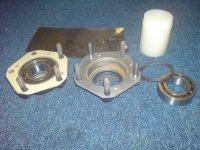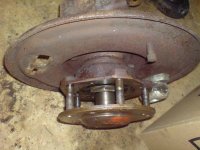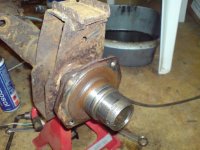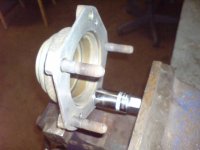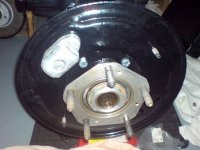tahoe healey
Yoda
Offline
About 4 years ago I repaired a leak the paper seals on the rear axle and all the stuff that went with it except not pulling the bearings. I am getting a leak again. Just a couple of drops on the outside of the break plate. Breaks are fine. I know it will get worse with time. I just don't have time for this.(still putting her back together after painting--I'm at 157 hours putting things back together.) Other than the breaks getting wet, what else should I be worried about. Can I get away with tightening things? I need to have things going in two weeks and again end of June for the Oregon. What is the best sealant on those paper gaskets?
TH
TH

 Hi Guest!
Hi Guest!

 smilie in place of the real @
smilie in place of the real @
 Pretty Please - add it to our Events forum(s) and add to the calendar! >>
Pretty Please - add it to our Events forum(s) and add to the calendar! >> 
